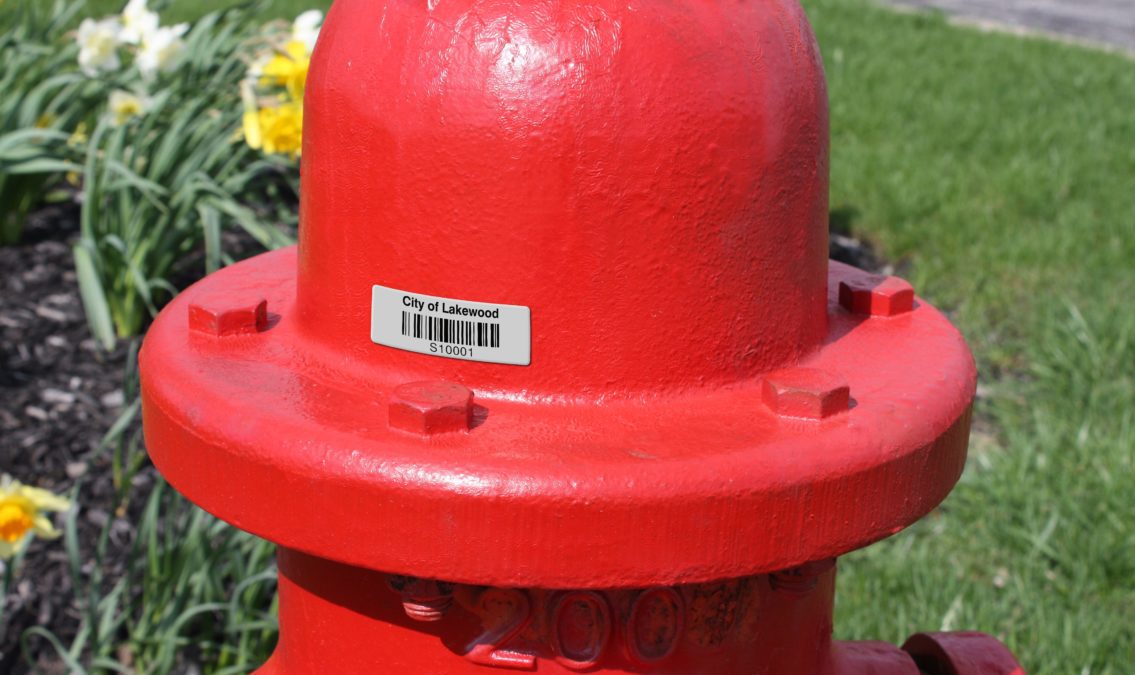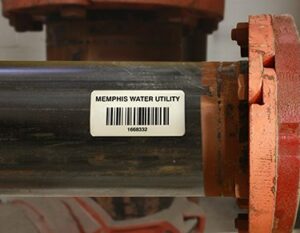5 Key Components of an Asset Management Framework


Utility companies are increasingly adopting asset management as a foundation for streamlining operations and ensuring service reliability for consumers. The United States Environmental Protection Agency (EPA) has outlined the five key questions critical for a functional asset management framework.
Here’s an outline of the key components of an asset management framework outlined by the EPA. While the EPA’s recommendations focus on creating sustainable infrastructure for water utility companies, these core components provide an excellent framework for asset management for any utility company.

Before implementing an asset management system, utilities must have a clear understanding of the current state of all existing assets. This provides a baseline for ongoing measurement, analysis, maintenance planning, and resource allocation.
Preparing an asset inventory and system map, developing a condition assessment and rating system, assessing remaining useful life, and determining asset values and replacement costs are best practices in determining the current state of your system’s assets.
There are several elements that play a role in defining level of service and associated short-term and long-term system performance goals, including quality, quantity, reliability, and environmental standards. Customer demand, data from utility commissions or boards, and information from key stakeholders can also be used to develop accurate level of service requirements.
Regulatory requirements are a key consideration in the required sustainable level of service. You should also plan to communicate the system’s performance targets to consumers and incorporate level of service standards as a benchmark to measure the system’s performance over time.
It’s inevitable that assets will fail from time to time. But what really matters is how you handle and respond to these failures.
Not every asset bears the same level of risk of failure; likewise, not every asset brings operations or services to a halt when failure occurs. The most critical assets are those at high risk of failure, which also pose major consequences when they do fail, such as major expenses, system failure, serious safety concerns, and other challenges.
Determine which assets are most critical and rank them accordingly. (As the EPA points out, many water companies have already completed a similar analysis in vulnerability assessments.)
About 85 percent of a typical utility system’s expenses consist of operations and maintenance (O&M) personnel and the capital budget. Asset management systems are valuable for determining the lowest cost options for providing the highest or desired level of service over a period of time.
Asset management facilitates informed decision-making enables utilities to optimize the work operations and management crews are undertaking and choose the right projects at the right times for the right reasons.
A long-term funding strategy and smart financial decisions are critical in implementing an effective asset management program. The utility’s full economic costs and revenues is essential knowledge for accurate financial forecasting.
The financial forecast is then used to determine future planning and decisions that will optimize operations and enable utilities to meet goals for maintaining or increasing revenues while minimizing expenses.
For instance, it’s critical to know whether there is adequate funding to maintain assets for the required level of service over time. If not, adjustments must be made to the long-term funding strategy, and operations examined to determine areas where reductions in operating expenses are achievable.
An asset management framework provides consistency and clarity to utility systems, enabling the collection of valuable data to drive decision-making and empower utilities to maintain consistent, adequate service levels to meet consumer demand.
With an asset management framework in place, utilities are able to predict and plan for the costs and service interruptions typically created by malfunctioning equipment, resulting in more predictable revenues over time.
Our sales engineers are experts in automatic asset tracking, tagging and identification,a nd can answer all your questions. Get in touch now.
Lets Talk ›Enter your information and get a free checklist of the top questions to answer and tips to plan a successful asset tagging project for any asset management or tracking system implementation.